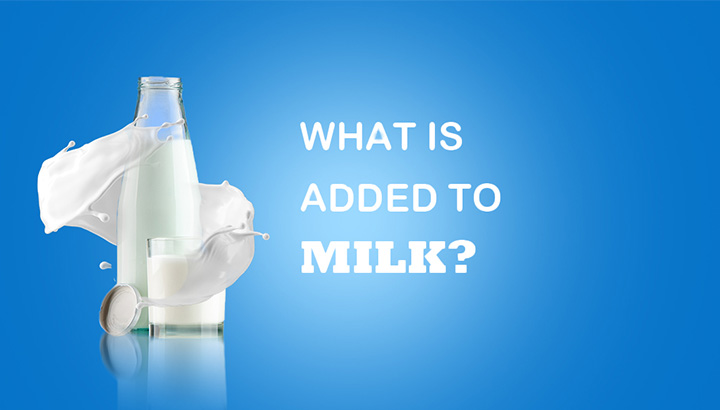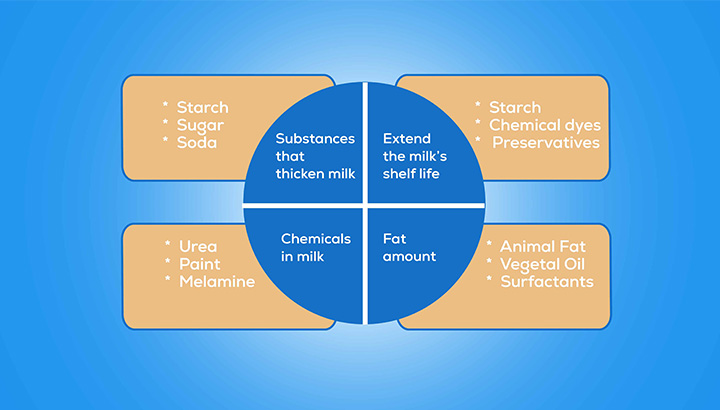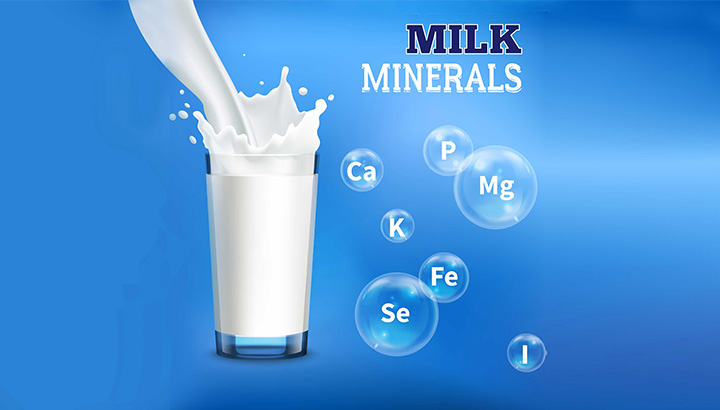Do you know what’s in your milk? It’s no secret that milk is a staple in the average person’s diet. It’s been consumed for centuries, and for good reason – it provides many essential nutrients that are necessary for human health.
However, the shocking thing you may notice is sometimes the milk looks creamier than usual. So, what is that? It is basically adulteration in milk. You may not know what is added to your milk to increase its shelf life or make it look creamier.
In this blog post, we will explore the mystery behind milk and discuss the different types of additives that are commonly found in this dairy product.
There was nothing like adulteration in the old times, and everyone used to receive fresh milk. Still, many are tampering with the original form of milk and distributing unauthentic milk, which can cause significant issues for the human body. So, what are they? Let’s reveal what is being added to your milk.
Did you know that milk is often adulterated with starch and other chemicals? Before we move further you should know what is adulteration?
What is Adulteration?

Adulteration is the process of making a food product less pure by adding another substance to it. In the case of milk, starch and other chemicals are often added to make it more in quantity, creamier or increase its shelf life.
Adulteration is the adulteration of food with cheaper substitutes, which can result in serious health consequences. Adulterants in food are often added to save money or to increase the weight/volume of the product.
Common examples of food adulteration include adding water to milk and adding colourings or flavourings to food. In some cases, adulterants can be harmful to health, such as when they are added to food without being declared on the label.
Adulteration of food is a serious problem and can have serious implications for public health. It is therefore important to be aware of the signs of adulteration and to check food labels carefully before purchasing any product.
Note- Raw milk is the best to absorb all the nutrients properly.
What is Added to Milk?

Milk is a dairy product that is used by many people around the world. It is made from the milk of cows, goats, or other animals, and it is a source of essential nutrients like calcium and protein.
In most cases, milk is simply a blend of water, fat and SNF, it can also contain other substances like sugars(Lactose), minerals, and vitamins. Milk can also be adulterated with various chemicals, which is why milk checks are important.
Adulteration can occur during the milking process, or it can happen when milk is mixed with other substances during storage or transportation. Consequently, it is important to be aware of what has been added to milk before consuming it.
Perhaps you have used milk that has been sitting in the fridge for a few days and noticed that it has separated into two layers. The layer of milk fat floats to the top and forms a thick cream, while the lower layer is mostly water and SNF.
This separation is due to the different densities of the milk components. Milk fat is less dense than water, so it rises to the top when the milk is left undisturbed.
If you give the milk a good shake, however, the fat droplets will become dispersed throughout the liquid, resulting in a homogeneous mixture.
Types of Milk Adulteration

There are several different types of adulterants that can be found in milk, including starch, chemical dyes, neutralizer and preservatives. These substances can have harmful effects on human health, so it’s important to be aware of them and know how to spot them in store-bought milk.
1. Starch, Sugar and Soda in Milk
Most common type of adulterant is starch, soda, and sugars. This substance is used to thicken milk . It can also be used to increase the milk’s shelf life. However, starch is a carbohydrate and can cause digestive problems in people who are intolerant to it.
2. Chemical in Milk
Another common type of adulterant is chemicals. These substances are used to increase volume and make it look more appealing to consumers. While they may not be harmful in small doses, large amounts of these chemicals can be toxic. Ingredients could be Urea, Paint, Melamine, Synthetic Milk etc.
Also Read- A2 Milk vs Regular Milk
3. Extend the Milk's Shelf Life
Finally, preservatives and neutralisers are another type of adulterant that can be found in milk. These chemicals are used to extend the milk’s shelf life and prevent it from spoiling. However, some preservatives can be harmful if consumed in large quantities.
It’s important to be aware of the different types of adulterants that can be found in milk. By knowing what to look for, you can avoid buying milk that has been tainted with starch, chemical dyes, or preservatives. Be sure to check the ingredient list on the label before purchasing milk from the store.
“We deliver our milk in bottles to keep it fresh and safeguard it from any harm. All the bottles are sealed and delivered by our team to your doorstep securely.”
Our Untouched Process for Complete Assurance

Our process for milk production is designed for complete assurance. We use an automated milking process and rapid chiller process to reduce the bacterial count. Our milk is not pasteurised or fortified because we believe that this additive process kills the nutritious elements of milk.
Instead, we distribute the hygienic milk and take care of bottle washing, seven-stage washing process and sterilisation. This ensures that our milk is of the highest quality and nutritious. Our customers can be rest assured that they are getting the best possible product.
We don’t buy or source milk from anyone; we have our own farm. We serve nutritious food to our cows who produce high-quality dairy products because they are what their diet consists of.
We’re a farm-to-table distribution company that specialises in 100% raw milk from cows not treated with hormones or given antibiotics. Our goal is to provide you with the freshest possible product, so we ship all of our deliveries promptly.
We know what it takes for an optimum Cow’s milking experience: excellence at every stage; top quality feed sources including corn silage & hay without any artificial additives like fertilisers or pesticides – just good old fashioned natural goodness (and tons more); rigorous inspection processes before leaving us so your family can be confident about where they get their nutrition each day
Our cows come from different breeds, including Gir cattle indigenous to Gujarat, India and HF breed, which is more common on dairy farms across Bangalore city limits!
We choose specific types of crops they’ll eat while also caring deeply about their overall health through genetics testing for A2 generation status; all this ensures tasty and nutritious milk production.

